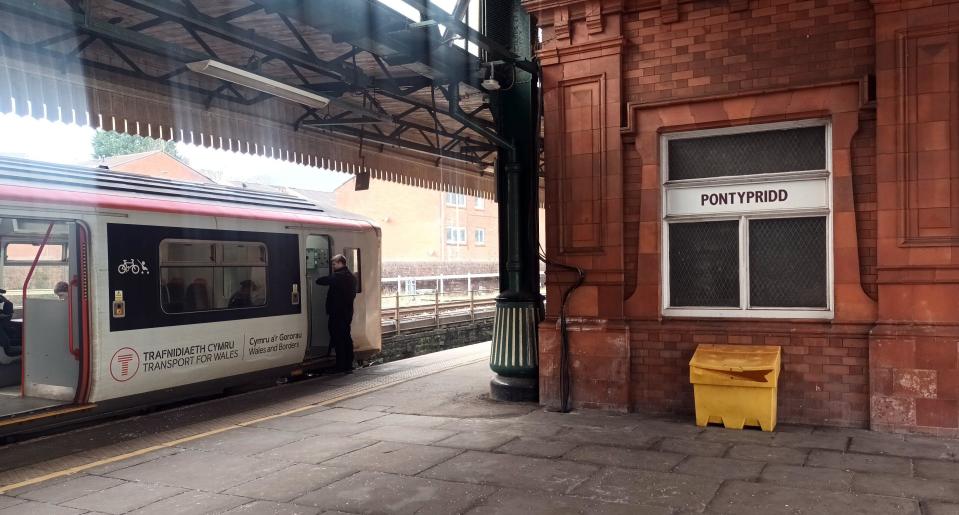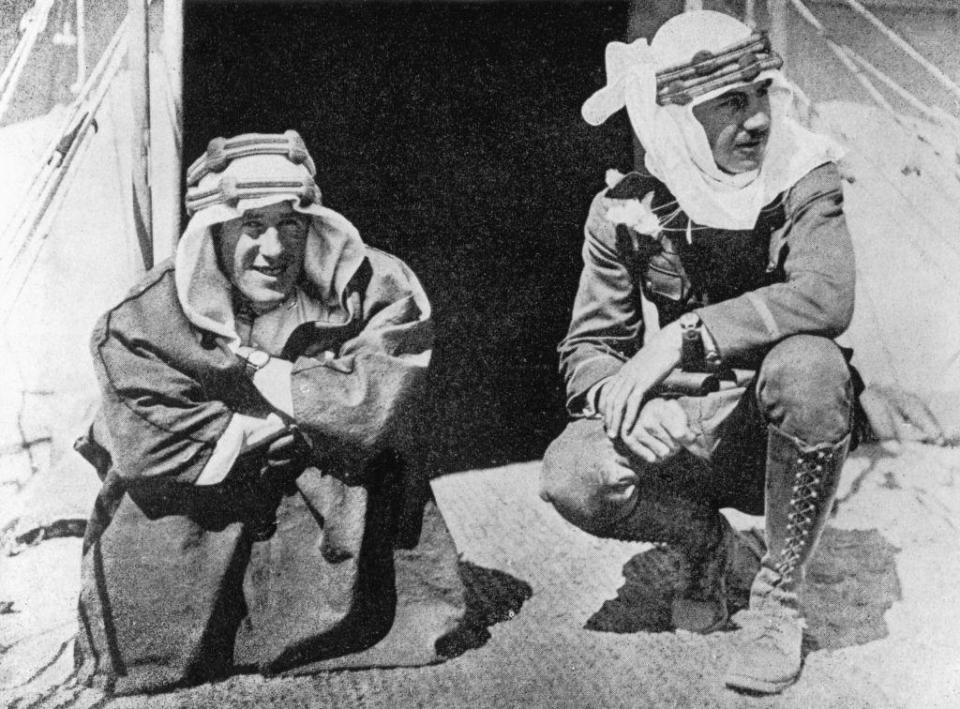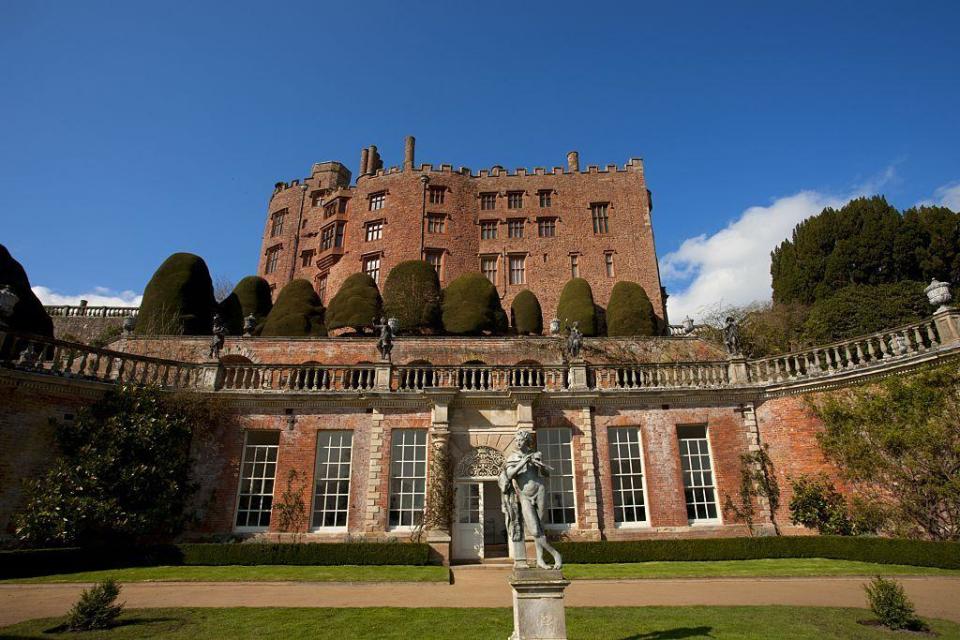Telling the ‘unknown’ stories on Wales’ railways

For a journey that takes just over an hour, there is a lot of history on the Cardiff to Merthyr Tydfil railway line.
It begins at Cardiff Central Station, which got its current location after renowned engineer Isambard Kingdom Brunel diverted the River Taff to create a larger, flood-free site for a station to serve the city.
The line follows the river north, taking in other areas of historical significance, many linked to the industrial development of the 17th, 18th and early 19th centuries.
These stories are the subject of a geo-located train travel guide by tourism tech firm Window Seater, explaining how the industrial revolution shaped the valleys of south Wales – as well as the ensuing global impact.
Just north of Cardiff is the 18th century Radyr Weir, built to divert water to the Melingriffith tin plate works, the largest in the world at the time.
Although the works closed in 1957, the guide explains how the nearby area “continues to evolve into the new industrial era”.
Sites include the South West School of Non-Destructive Testing, a facility that evaluates the properties of materials, and has clients in the oil and aerospace industries.
There’s also a comprehensive guide to the history of Pontypridd, in particular of the role the railway played in helping the town go from a small hamlet at the start of the industrial revolution to a major economic hub for south Wales.
For travellers exploring the line, Pontypridd is a pleasant stop for a break in the journey, with a bustling indoor market, a museum that proudly tells its story – from the miners’ strikes of the 1980s to its most famous son Tom Jones – as well as the charming Ynysangharad Park on the edge of the town.

The line continues onwards to Merthyr Tydfil, which, the guide informs the traveller, was once an “industrial supernova”.
Much of the industry here – water, timber, iron ore and coal – helped fuel the rise of the British Empire.
The guide also documents the reverse in Merthyr's fortunes in the 20th century, particularly the closure of many of its coal mines.
“There is so much history packed into one small area, and it had such a large impact globally,” said Marcus Allender, managing director of Window Seater.
The guides are geo-located, meaning a notification – or “blip” – appears on a user's phone when passing a location included.
After creating some trial guides on tourist train routes in Thailand, the Cardiff to Merthyr guide became Window Seater’s first in the UK through the Transport for Wales accelerator programme in 2020.
“We didn’t want to just talk about the death of industry, but also new industries that are popping up,” Mr Allender added.
The Cambrian Line
Window Seater has since introduced other guides in England, and last August launched its second guide in Wales, on the Cambrian Line.
This runs between Shrewsbury and either Aberystwyth in Ceredigion, or Pwllheli on Wales’ west coast, in Gwynedd.
The Cambrian guide is “more ambitious” than the Cardiff to Merthyr one, Mr Allender said, adding: “It’s a good four or five hour journey, so it’s a lot more content.”
There are 26 stories on the Cambrian Line, compared with seven on the Cardiff to Merthyr route.
It also includes interviews with people living and working along the line, including teachers, tour guides and historians.
The topics range from the impact rural railway closures of the 1960s had on local communities, to the history of conflict and cultural collaboration on the England-Wales border, to the prominent political role of Machynlleth, the seat of Owain Glyndwr’s Welsh Parliament in the 15th century.
The Porthmadog chapter also tells the town’s story as the birthplace of Thomas Edward Lawrence, better known as Lawrence of Arabia.

The Cambrian Line guide is also Window Seater’s first bilingual guide, in English and Welsh.
Local connection
Window Seater’s product is competing for people’s attention with the likes of Netflix, podcasts and audio books, which people often consume on train journeys, but Mr Allender said you can “listen to them anywhere”.
“I think if you have a natural curiosity for the trip you’re on then you’re going to enjoy these guides,” he said.
“If you went to a museum, then you’d read the descriptions of what you’re seeing – this is the same thing.”
He believes the guide tells the stories of people living along the line, as well as giving a voice to people whose stories are not often heard.
That connection to local people is a crucial component, said Claire Williams, partnerships development officer for the Cambrian Line.
“We absolutely fell in love with the idea, because it’s about engaging with communities along the line,” she said.
Ms Williams said there are many unknown stories along the line, and many of them are at risk of dying out as people living there get older.
“We wanted to bring that history to life,” she said, adding that the local community has also fully embraced the idea of telling their own stories.

After putting a call out for stories from along the line, Ms Williams said they were “inundated”, so much so that they now have a backlog they can use in the future.
“What we wanted were those really unknown stories,” she said.
A large part of what the guide is trying to achieve is to showcase local culture and language, Ms Williams said.
With that in mind, the English language guide includes a number of Welsh words aimed at international visitors.
“So as well as having some knowledge about Wales, we want them to be able to go away with a bit of Welsh language,” she said.

